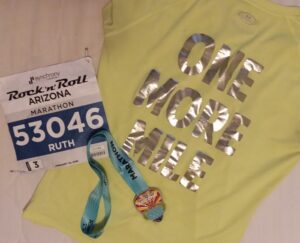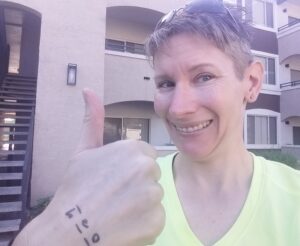I spent last week in New York attending the Shankminds Breakthrough event where I got to step back and focus on my business and what I’m doing for the next six months. It was wonderful to get to spend time with my east coast and Shankminds friends.
The day after I got back from New York, I noticed I brought something extra home with me: a cold.

I woke up on Saturday morning feeling like crud. When I realized I was sick, my first thought was, “Steve says he’s sorry you feel like shit.†I shook my head and smiled. That’s the line that taught me that laughter heals.
When I was a freshman in high school, I got a horrible cold over winter break. For days, all I could do was lay in front of the fireplace and cry silent tears that left wet spots on the flower-patterned throw pillows.
Originally my sister’s friend, Steve, was going to come over to hang out one day during the break. Steve was a character. He was a senior when I was a freshman, and he seemed like a nice guy, but he also would do lighthearted bonehead things like get a mouthful of water from the drinking fountain, count of five in his head, and if a freshman walked by when he hit “five,†he’d spit it on them. (Or so I was told, I never saw him do it.) Steve had a gift for calling the house right as I was falling asleep at night, making the hot pink neon light in my phone startle me awake. (It was 1993. Everyone didn’t have a cell phone back then. If you wanted to talk to someone, you had to call their house.)
I was so sick that my mom declared that we shouldn’t have visitors to the house. After my sister called Steve to cancel their plans, she walked through the den and said, “Steve says he’s sorry you feel like shit.â€
That was such a Steve thing to say.
I laughed weakly.
But then I started feeling better.
I’m sure I was on the mend, letting the virus run its course, blah blah blah, but having that moment of laughter eased my discomfort a bit.
So now whenever I’m sick, or feel like I’m about to get sick, I try to watch and listen to things that make me laugh between naps. This past Saturday, I was in bed for over ten hours. My body ached, and my head throbbed. I was too drained to do anything, but not quite tired enough to sleep, so I listened to Wait Wait Don’t Tell Me and Ask Me Another via Google Home. They made me smile as I dozed in and out of consciousness.
Thanks Steve.


